New Delhi: Nearly 25 crore (250 million) mobile subscribers in India have adopted 5G services since the launch of next-generation networks in October 2022, according to data from the Ministry of Communications.
The rapid uptake of 5G underscores the increasing demand for high-speed connectivity and expanding digital infrastructure nationwide.
The ministry revealed that 4.69 lakh (469,000) 5G base stations have been deployed nationwide as of 28 February 2025, to support the growing subscriber base. Currently, 5G services are available in 99.6 per cent of districts across India, with telecom operators exceeding their mandatory rollout obligations.
The government noted that further network expansion will depend on the techno-commercial considerations of telecom companies.
According to official data, Uttar Pradesh leads in 5G expansion, with 8,451 villages equipped with base stations. It is followed by Maharashtra (6,910 villages), Rajasthan (5,393 villages), Bihar (4,601 villages), and West Bengal (4,521 villages), highlighting strong regional adoption.
India’s Internet Growth and 5G Future
India’s total Internet subscriber base reached 97.15 crore (971.5 million) as of September 2024, with wireless users (92.78 crore) significantly outpacing wired Internet subscribers (4.36 crore). The country also had 7.23 lakh (723,000) Wi-Fi subscribers.
Leading telecom operators Reliance Jio and Bharti Airtel completed their pan-India 5G rollouts in early 2024, while Vodafone Idea (Vi) recently launched its commercial 5G services in Mumbai.
According to Finnish telecom equipment provider Nokia, India’s 5G subscriber base is projected to rise from 290 million (29 crores) in 2024 to 770 million (77 crores) by 2028, driven by the growing penetration of 5G-enabled smartphones and continued expansion of high-speed broadband networks. Nokia also estimates that 120 million new 5G subscribers will be added annually in the coming years.
With India’s telecom sector rapidly evolving, 5G adoption is expected to fuel advancements in digital services, IoT applications, and next-generation communication technologies, further strengthening the country’s position as a global technology hub.


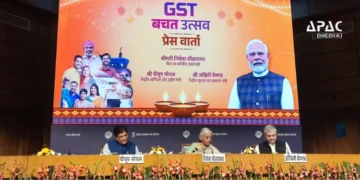

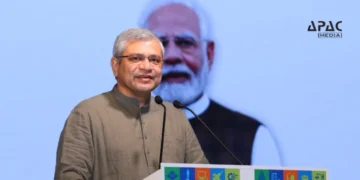














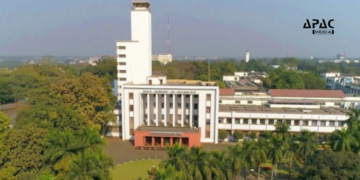

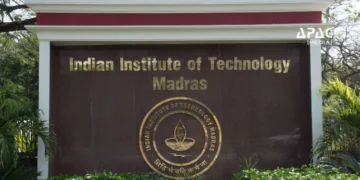
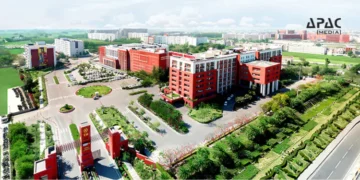


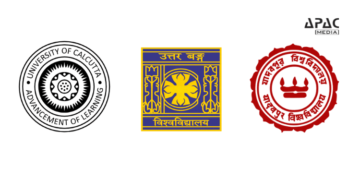





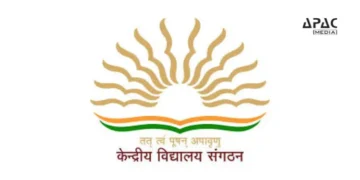




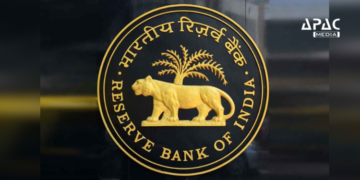





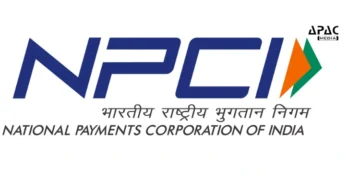

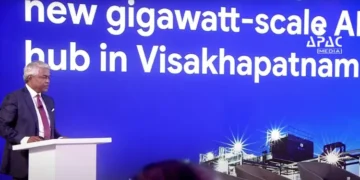




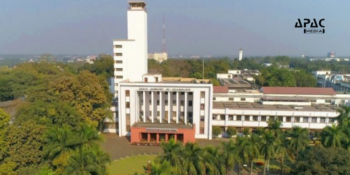

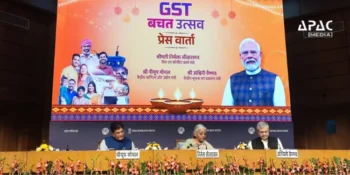










Discussion about this post